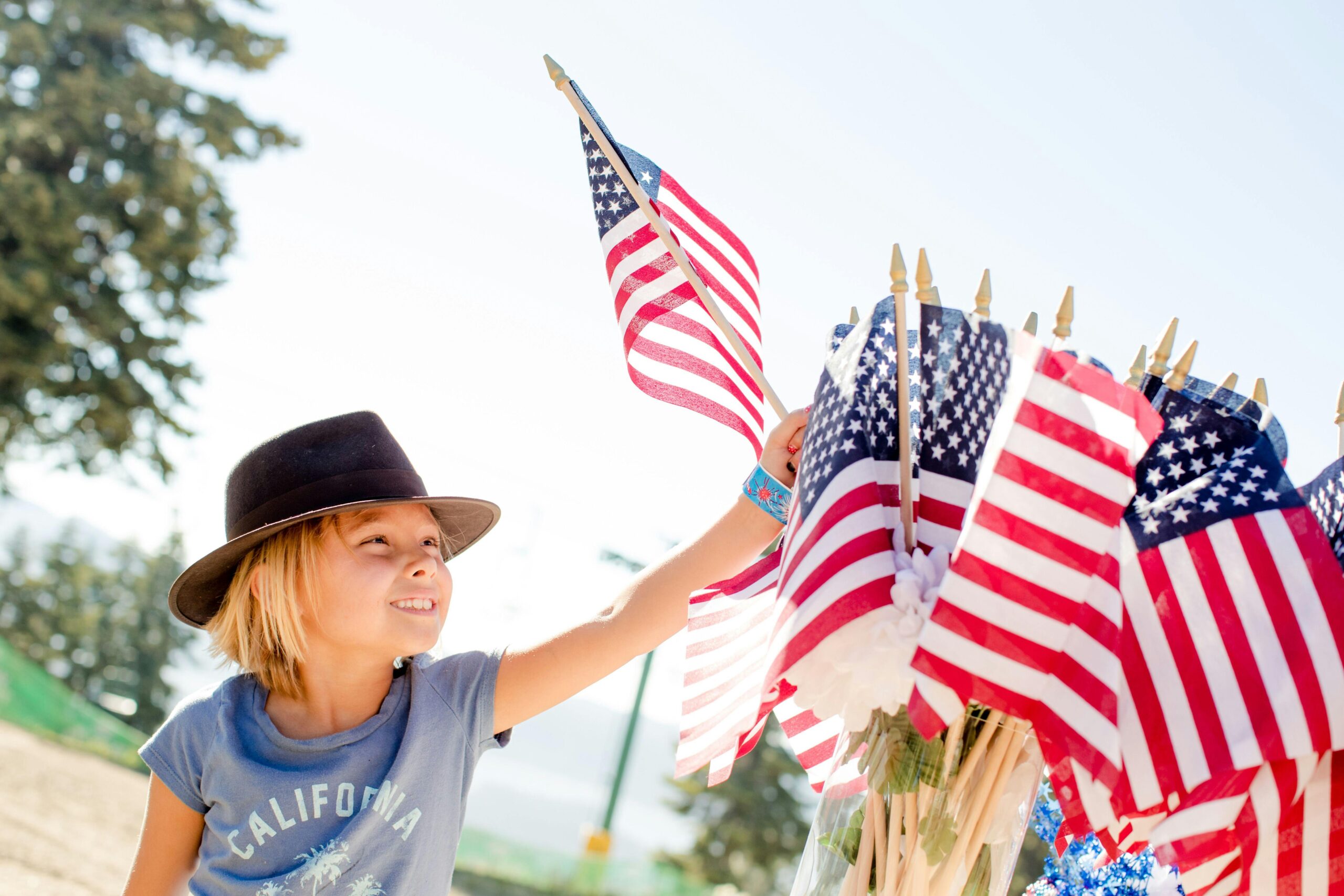- LIFE
100 Italian Last Names and Their Meanings


Every year on July 4th, Americans come together to celebrate Independence Day—a national holiday filled with fireworks, cookouts, patriotic music, and vibrant parades. But beyond the dazzling displays and red-white-and-blue decor lies a deeply meaningful moment in U.S. history. On this date in 1776, the Continental Congress formally adopted the Declaration of Independence, announcing that the thirteen American colonies were no longer under British rule and had united to form a free and independent nation.
This bold move sparked the birth of the United States of America and forever changed the course of world history. But how much do you really know about the people, events, and traditions behind July 4th? The truth is, Independence Day is full of fascinating stories, historical quirks, and little-known facts that help us better understand its true significance.
Whether you’re a history lover, trivia enthusiast, or just curious about how America’s birthday came to be what it is today, these 30 facts offer a blend of patriotic pride, educational insight, and fun discoveries. Let’s dive into the real story behind the Fourth of July .
While July 4th is the date the Continental Congress formally adopted the Declaration, most delegates didn’t sign it until August 2, 1776. Only a few signed earlier, including John Hancock.
Thomas Jefferson, at just 33 years old, was the primary author of the Declaration. He wrote the draft in just 17 days, with input from John Adams and Benjamin Franklin.
In 1776, the colonies had declared independence, but the Articles of Confederation (which created a unified national government) weren’t ratified until 1781.
The first Independence Day celebration with fireworks was held in Philadelphia on July 4, 1777, just one year after independence was declared.
Remarkably, both John Adams and Thomas Jefferson died on July 4, 1826—the 50th anniversary of the Declaration. James Monroe also died on July 4, in 1831.
Calvin Coolidge, the 30th president, was born on July 4, 1872. He’s the only U.S. president with a birthday on Independence Day.
Despite the legend, there’s no historical evidence the Liberty Bell was rung to mark the signing. It likely rang later to commemorate public readings.
Although it was celebrated since 1777, Congress didn’t make July 4th an official federal holiday until nearly a century later, in 1870.
Now known as Independence Hall, the building in Philadelphia was where both the Declaration and the Constitution were debated and signed.
Hancock’s bold and large signature led to the phrase “Put your John Hancock here” as slang for signing your name.
Colonial celebrations of independence featured bonfires, cannon fire, public readings, and church bells—long before fireworks became the norm.
The Macy’s Fourth of July Fireworks show over the East River is the biggest in the U.S., using over 75,000 fireworks in a single event.
The current 50-star version of the flag was adopted in 1960 after Hawaii became the 50th state. The design has changed 27 times since 1777.
Americans consume roughly 150 million hot dogs every Independence Day. It’s one of the most iconic holiday foods in the U.S.
Held in Coney Island, the annual hot dog eating contest is a July 4th tradition, attracting competitive eaters and global audiences.
Delaware was the first state to vote in favor of independence during the Continental Congress vote on July 2, 1776.
Congress voted for independence on July 2, 1776, but chose to adopt the final wording of the Declaration on July 4—which became the celebrated date.
John Adams believed July 2nd should be celebrated as Independence Day, and he reportedly refused to attend events on the 4th.
Abraham Lincoln emphasized the importance of July 4th to remind Americans of the nation’s founding ideals, especially during the Civil War.
In 1958, 17-year-old Robert Heft designed the current 50-star flag for a high school project. His teacher gave him a B-, but it later became the official flag.
According to AAA, over 40 million Americans typically travel at least 50 miles to celebrate the Fourth with friends and family.
The document wasn’t just for King George III. It was intended as a global announcement that America was declaring itself a sovereign nation.
About 20–30% of colonists were loyalists who supported British rule, and many fled to Canada or England after the war began.
Despite their rivalry—and opposing political parties—they reconciled in later life and corresponded for years before dying on the same day.
Early Americans often celebrated by firing muskets and cannons—a noisy tradition that later evolved into fireworks displays.
In Bristol, Rhode Island, the Fourth of July parade is the longest-running in the nation, first held in 1785. Other towns include water fights and pig races.
“The Star-Spangled Banner,” now sung at July 4th events, was inspired by the War of 1812, not the Revolution, and became the anthem in 1931.
The four presidents on Mount Rushmore—Washington, Jefferson, Roosevelt, and Lincoln—symbolize the founding, growth, and preservation of the nation.
Even overseas, American military bases host fireworks, parades, and concerts to bring a piece of home to troops serving abroad.
Every year, thousands of immigrants become naturalized U.S. citizens on or around Independence Day in ceremonies across the country.
From history buffs to curious kids, July 4th is more than just a day of fireworks and picnics. It’s a celebration of liberty, courage, and national unity. The stories behind these facts remind us of the people, ideals, and moments that helped shape the United States and why this day continues to matter year after year.